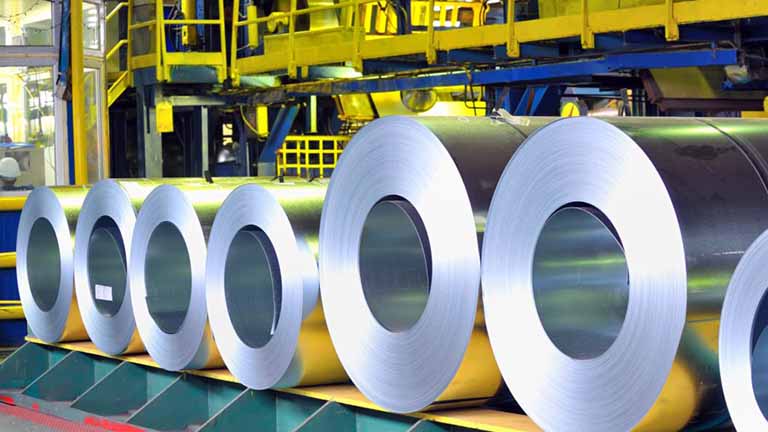Stainless steel – complex alloyed steel resistant to corrosion in the atmosphere and corrosive environments. Stainless steel is used wherever hygiene, resistance to aggressive environments and corrosion are required. It is used in the chemical, food and medical industries. Moreover, stainless steel is very often used in everyday life. Dishes, furniture and finishing materials are made of it. Stainless steels must contain chromium and iron in their chemical composition. These elements complement each other which provides these materials with such unique characteristics. In particular, chromium, combining with oxygen, creates an oxide film on the surface of a stainless steel alloy which becomes a reliable obstacle for corrosion processes. Stainless steel is available in various grades. Depending on their environmental resistance, stainless alloys are divided into three main groups:
- corrosive stainless steel
- heat-resisting stainless steel
- high-temperature stainless steel
Corrosion-resisting stainless steel is resistant to all types of chemical and electrochemical corrosion. High-temperature steel withstands temperatures without loads. Heat-resisting stainless steel withstands high temperatures in aggressive environments with high mechanical loads.
Stainless steel grades are divided into:
- grades that contain nickel
- stainless steel grades that do not contain nickel.
Parts made of nickel-containing grades can work in a slightly aggressive environment under pressure at temperatures from -196 to +600 C. Non-nickel grades are used by cutting tool manufacturers. All types of stainless steel can be purchased here:
Production of stainless steel
Manufacturers of stainless steel use several ways to obtain valuable metal. Very often enterprises try not to manufacture steel from scratch but use the scrap as its main source. If with carbon steel the process of its restoration and cleaning can be delayed, then with stainless scrap it is much simpler: after processing in furnaces (remelting, preparation of blanks or plates, rental), it does not lose its properties. In addition to the restoration – remelting – manufacturers follow a more traditional way: stainless steel is manufactured from scratch in furnaces. Depending on the characteristics of the batch of steel, the iron and black steel are added to:
- chromium;
- nickel;
- titanium;
- manganese and phosphorus;
- sulfur and silicon.
Chromium is mainly responsible for corrosion resistance. If the mass fraction of chromium in stainless steel can reach up to 20%, then nickel and copper – 1%. Nevertheless, the addition of copper even in the amount of less than 0.4% of the total mass of the metal allows increasing the resistance of steel to oxygen corrosion by 20-25%.
In the process of long-term melting in the furnace some of the impurities from the steel disappear. In general, the burning of a multicomponent composition allows not only to get rid of unnecessary impurities but also to cope with the problem of internal corrosion. Stainless steel comes out of the furnace in the form of sheets of large format or thick strips. After that, it is divided into several blanks that go to the processing shops turning into rolled products, profiles, forgings, etc. Stainless steel lends itself well to cold forging and rolling, it changes shape quite easily due to high plasticity.








